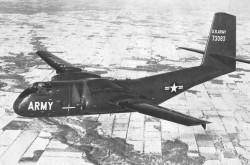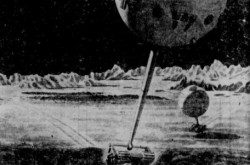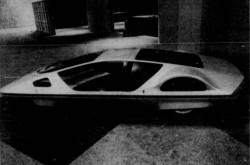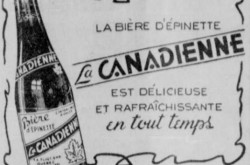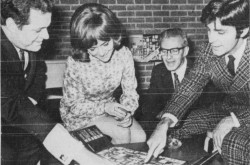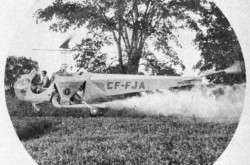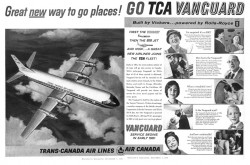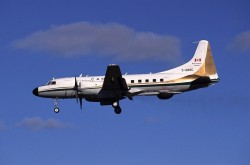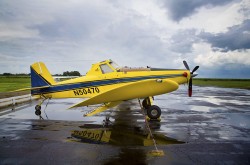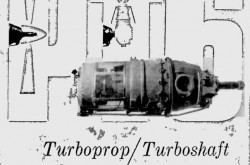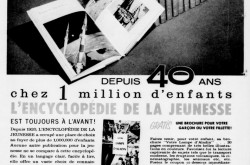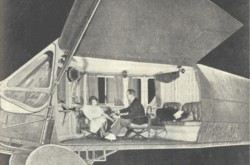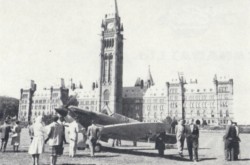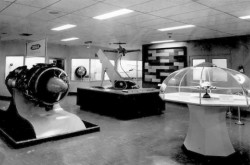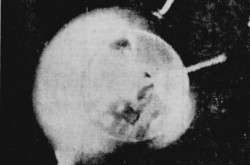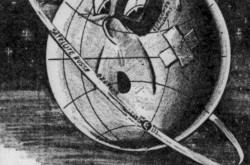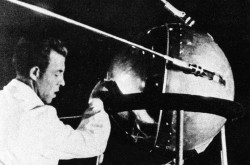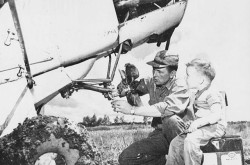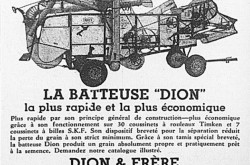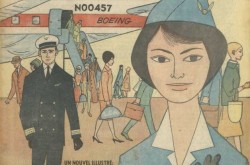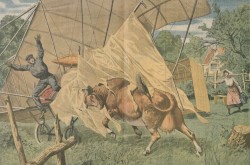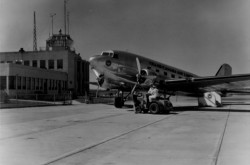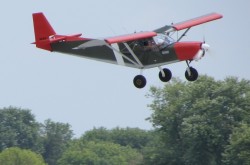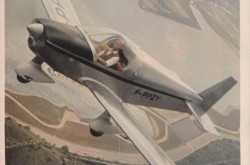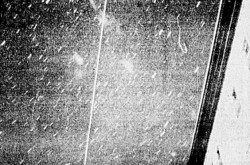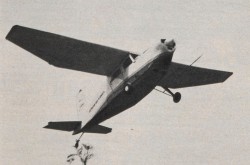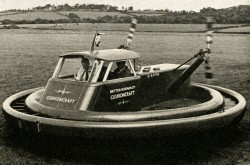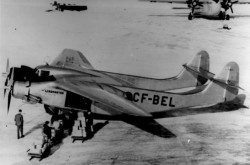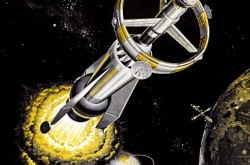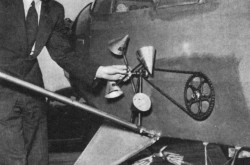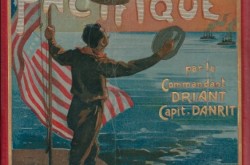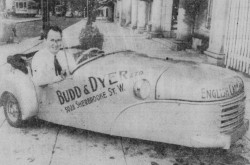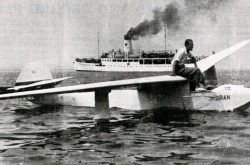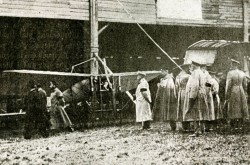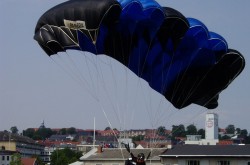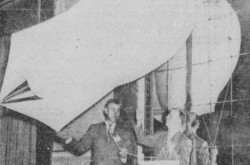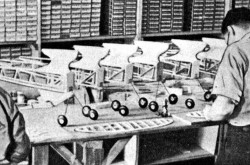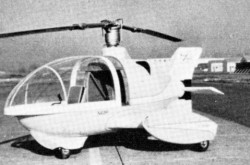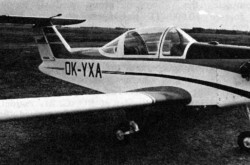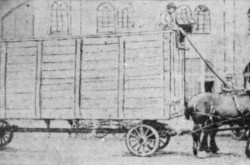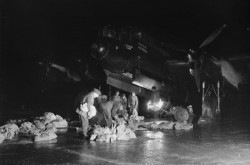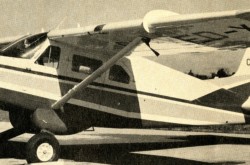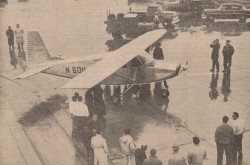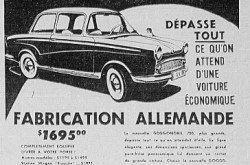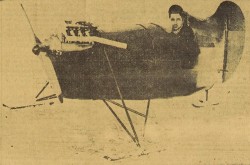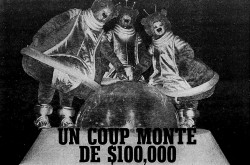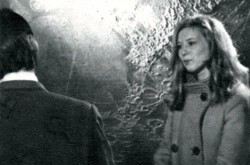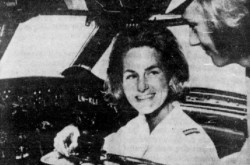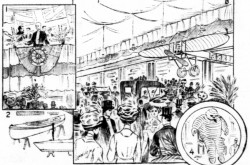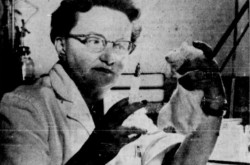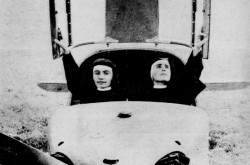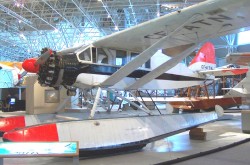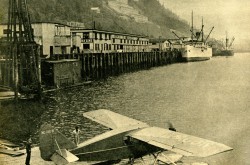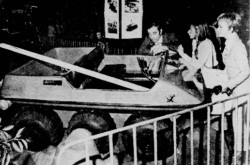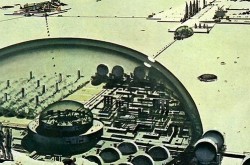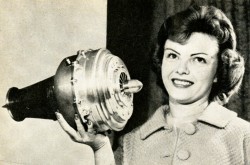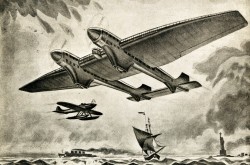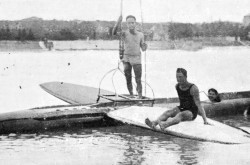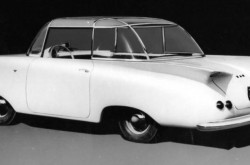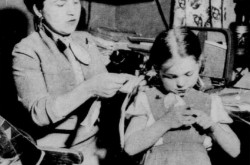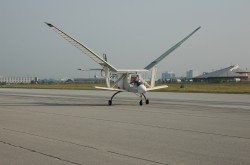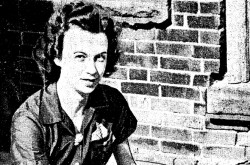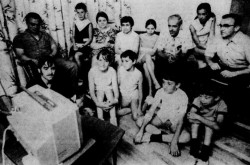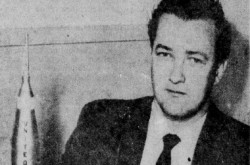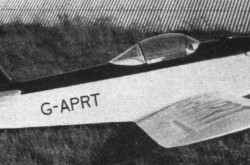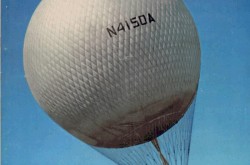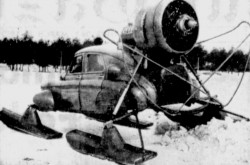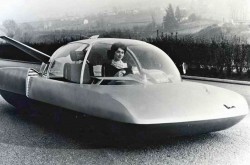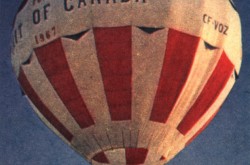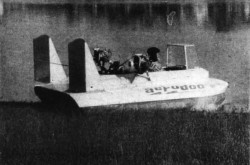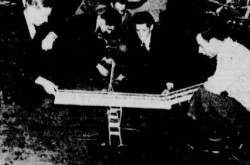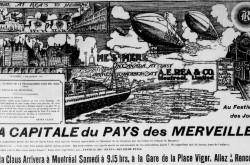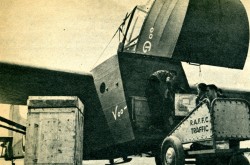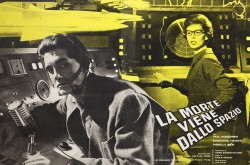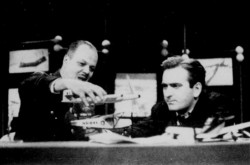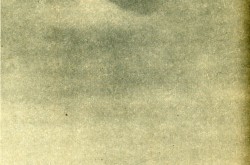A somewhat forgotten aspect of the history of No. 425 Squadron (Alouette), Part 2

Good day again, my reading friend, and welcome to the second part of this special edition of our blog / bulletin / thingee. Do you need a quick reminder before going re-seizing the thread of our story? No? I am very glad. Well, read now, if you wish to do so course.
On 19 July 1945, the new Minister of National Defence for Air, Colin William George Gibson, announced that Canadian-manufactured Avro Lancaster four engine heavy bombers from Canadian squadrons would be traveling across the country to collect funds to benefit the Royal Canadian Air Force (RCAF) Benevolent Fund, as well as to show Lancasters to as many people as possible. An additional objective was to offer the public the chance to thank some crews for their bravery in the face of adversity.
The spectacular growth of the RCAF’s personnel during the Second World War had led to an equally spectacular increase in the needs and responsibilities of its benevolent fund. The latter offering assistance to members of the RCAF and their immediate families, it was preparing to meet the needs of the dependents of aviators deceased during the conflict.
The RCAF Benevolent Fund dealt with people who did not meet the criteria of the federal government. It also pointed out to civil servants veterans who really deserved assistance. The fund seemed to lend more money than it gave. These loans allowed RCAF members to stay afloat while awaiting the civil servants’ decision regarding pensions and other financial assistance offered to veterans by the federal government. The benevolent fund supported veterans throughout this bureaucratic process, which was sometimes quite long. Some loans became donations if their recipients proved unable to repay them without hurting their families.
The benevolent fund intended to take advantage of the visits made by the Lancasters across the country through donations from various individuals and organisations, as well as through the transfer of the admission fees to the bases and airports.
Preparations for the flights of the Lancasters began in the days following Gibson’s announcement. In early August, the RCAF stated that six Canadian crews of Canadian-manufactured Lancaster from six Canadian squadrons would be traveling to many places across the country.
The crew of Lancaster No. 1 was staffed by No. 425 Squadron personnel, all of them veterans of many sorties, namely:
- Squadron Leader Joseph Roland Serge Yvan “Roley” Laporte, Distinguished Flying Cross (DFC) with bar, of Montréal, mentioned in the first part of this article, pilot;
- Flight Lieutenant Joseph Alphonse Claude Bourassa, DFC, of Trois-Rivières, bomb aimer;
- Pilot Officer Bernard “Ben” Horsfall, of Winnipeg, flight engineer;
- Pilot Officer Jacques P. “Jack” Lamontagne, of Montréal, also mentioned in the first part of this article, radio operator / gunner;
- Flying Officer Gabriel Longpré, of Montréal, navigator;
- Pilot Officer Roger Thomassin, of Sillery, tail gunner; and
- Warrant Officer 2nd Class Joseph René Raymond “Ray” Saint-Onge, of Montréal, Laporte’s flight engineer for some time.
These people flew aboard a Lancaster that carried the identification letter P for Pierre / Peter, and an individual nose art entitled “Ville de Québec.” It should be noted that this aircraft was the fourth bomber of No. 425 Squadron to carry the identification letter P for Pierre / Peter.
Oddly enough, the initial list of Lancaster crew members from this squadron, sent to the media in early August, included the names of two Québec aviators who vanished for one reason or another, namely Pilot Officers Joseph Aurélien Audet, of Vallée-Jonction, and J.E. Parent, of Wrightville. Bourassa and Horsfall replaced them.
The RCAF’s director of French language external relations in Ottawa, Flight Lieutenant Charles Miville-Deschêne, a former journalist, chaperoned the crew of No. 425 Squadron for at least part of its tour. Yours truly does not know if this officer was behind the information suggesting that the Lancaster of No. 425 Squadron was a veteran of the air war in Europe, which was not the case.
On 7 August, an unforeseen but extremely important event made the front page everywhere in Québec and abroad. The day before, American President Henry S. Truman announced that a bomber, a Boeing B-29 Superfortress to be more accurate, had dropped a nuclear bomb on the Japanese city of Hiroshima. Two days later, Québec dailies informed their readers that the Americans had dropped a second nuclear bomb, on the Japanese city of Nagasaki. On 10 August, these readers learned that the Japanese government has just submitted an official surrender offer demanding the maintenance of the sovereign status of Emperor Hirohito. The British and American governments, as well as the government of the Union of Soviet Socialist Republics, at war with Japan since 8 August, demanded that their Japanese counterpart accept an unconditional surrender.

Robert Laporte, aged 4, on one of the horizontal stabilizers of the Lancaster piloted by his father, Squadron Leader Joseph Roland Serge Yvan Laporte, Rockcliffe, Ontario. Anon., “Le rêve d’un enfant.” Le Canada, 18 August 1945, 2.
Meanwhile, the crew of No. 425 Squadron’s Lancaster was in Ottawa or, more accurately, at RCAF Station Rockcliffe, the site of today’s Canada Aviation and Space Museum and the first stop of its journey. Laporte and his crew landed there on the morning of 10 August. They were greeted by several distinguished personalities, including the mayor of Ottawa, J. E. Stanley “Stan” Lewis, and the Deputy Minister of National Defence for Air, Herbert Gordon.
A pilot and staff officer of No. 425 Squadron, Flight Lieutenant Réal Saint-Amour, of Ottawa, was also at Rockcliffe. A former crew member of Laporte’s Lancaster, Flight Lieutenant G. Langlois, now assigned to the French language external relations section of the RCAF in Ottawa, was also present. Laporte was pleased to see members of his family, including his son Robert, aged 4.
It should be noted that a small ground crew team, specifically attached to the Lancaster of No. 425 Squadron, was in Rockcliffe. It included Sergeant J. E. Lavoie of Gatineau Mills as well as Corporals J. E. Doucette of Montréal and R. Lemay of Sherbrooke. Yours truly unfortunately does not know if these three people accompanied the Lancaster throughout its journey.
Once their welcome was completed, Laporte and his crew sat in automobiles that took them to town to have a good meal with members of the Ottawa Kiwanis Club, one of the oldest in Canada.
The RCAF Benevolent Fund took advantage of the visit of No. 425 Squadron’s Lancaster to host an important event on the weekend of 11 and 12 August. For the first time since the beginning of the Second World War, in September 1939, the general public would be able to visit Rockcliffe. While the Lancaster was clearly the star of the benevolent fund’s exhibition, many RCAF aircraft displayed with it, some fifteen or so, would also draw attention.
There were American training aircraft used for initial and advanced training, such as a Fairchild Cornell and a North American Harvard for example. There was also a Grumman Goose utility amphibian, a Douglas Dakota transport aircraft and a Boeing Fortress long-range postal aircraft, all of them American. There were also several combat aircraft: two British fighter aircraft, a Hawker Hurricane and a Supermarine Spitfire; at least one example of two types of American maritime reconnaissance aircraft, a Consolidated Liberator landplane and a Consolidated Canso amphibian, as well as a North American Mitchell medium bombing aircraft and a Lockheed Ventura general reconnaissance aircraft, two American aircraft presumably used for operational training. None of these RCAF aircraft could be visited.
A few hundred residents of the Ottawa and Hull region may have gone to Rockcliffe on 10 August, in the afternoon, to view the aircraft exhibition of the RCAF Benevolent Fund. They probably saw the ground crews complete preparations before the official opening of said exhibition, on 11 August, around 1 PM.
One of Ottawa’s high-end department stores, Charles Ogilvy Limited, published a large advertisement in the 11 August edition of the city’s two major daily newspapers, The Ottawa Journal, now defunct, and The Evening Citizen, today’s Ottawa Citizen. This advertisement provided some information about what was going on at Rockcliffe but did not include any advertising for the store itself. Another high-end department store in Ottawa, A.J. Freiman Limited, did the same thing on the same day with a full-page advertisement.
Few readers realised that the Lancaster whose photograph adorned these advertisements was not the No. 425 Squadron aircraft that visited them. It was in fact a British-manufactured aircraft of No. 424 Squadron (Tiger), RCAF.
Approximately 20 000 residents of the Ottawa and Hull region traveled to Rockcliffe on 11 and 12 August to see the Lancaster of No. 425 Squadron and the other RCAF aircraft. Many people used the buses that Ottawa Electric Railway Company ran between the nearest tramway station and the base. Many people also drove to Rockcliffe. Parking was free. If the exhibition officially opened at 1 PM on 11 August, some people showed up at Rockcliffe as early as 8 AM.
If the good weather of August 11 pleased the organisers, the clouds and the possibility of rain on 12 August caused some fears. The residents of the Ottawa and Hull region did not seem to worry too much. More people seemed to visit Rockcliffe on 12 August. Automobiles were parked on the road to the base all the way to it, for example. The last visitor left the site around 8 PM.
Members of the Ottawa-Dollard squadron of the Air Cadet League of Canada, the only French-language unit in the national capital region, collected base admission fees, which were 25 cents per person. Said fees were not taxed, a detail noted by an English-language daily. Yours truly does not know if children were entitled to a reduced rate. Squadron members who did not collect admission fees also perform at least one drill demonstration.
With your permission, I would like to digress for a moment on the Air Cadet League of Canada. The repeated attacks of the German air force against the United Kingdom in the weeks following the fall of France, in June 1940, had a profound impact on Canada. Eager to strengthen the RCAF, several influential personalities proposed the creation of a national organisation offering basic training to thousands of young boys who would enlist once they reached adulthood. The Minister of National Defence for Air, Charles Gavan “Chubby” Power, mentioned in the first part of this article, thought the idea was excellent. An order in council signed in November authorised the creation of an organisation.
Based in Ottawa, the Air Cadet League of Canada was officially born in April 1941. Honorary Air Marshal William Avery “Billy” Bishop, a First World War Canadian fighter pilot known to all, was its honorary president. Its patron was none other than the Governor General of Canada, the Earl of Athlone, born Alexander Cambridge.
The Air Cadet League of Canada was inspired by a British private organisation founded in 1938 but absorbed by the Royal Air Force (RAF) early in 1941. Its growth was rapid. Present from coast to coast, the league had 10 000 cadets in 135 squadrons in May 1942. In September 1944, the league reached an all-time high of 29 000 cadets and 374 squadrons. The lack of statistics covering the war period makes it impossible to assess the importance of the Air Cadet League of Canada in terms of recruitment. This being said, between October 1943 and June 1944, no less than 3 000 air cadets joined the ranks of the RCAF, but let’s get back to our history and to Rockcliffe.
Only parents of aviators who had served overseas, but not necessarily in squadrons of No. 6 Group apparently, had the privilege of boarding the Lancaster of No. 425 Squadron and sitting in the place occupied by their spouse, son or brother. Indeed, the many instruments of the aircraft were fragile and access on board required some agility. Crew members guided these visitors as they boarded. In order to avoid abuse, these persons had to prove that their spouse, son or brother had served or was still serving overseas.
Some people who had lost a family member serving in the military could also access the Lancaster of No. 425 Squadron. In order to avoid abuse, they had in all likelihood to prove their claims. Yours truly must admit that he does not know if this state of affairs was unique to the aircraft’s stay at Rockcliffe.
I must also confess I do not know if children could board the six Lancasters travelling in Canada. Their small size and their agility was to their advantage. Their curiosity could, however, be problematic. Be that as it may, the many questions they posed to the crew of No. 425 Squadron, or their uncles, fathers, cousins or brothers, did not leave the adults around them indifferent. Many mothers and fathers thus obtained information on the environment in which their son worked.
The people visiting the Lancaster were not unaware that some pieces of equipment were hidden under pieces of black cloth. Many of them asked the escorting crew member to explain this state of affairs. They received more or less evasive answers. In fact, the Second World War not being over yet, some pieces of equipment were still considered secret.
If the average persons had to be content with seeing the Lancaster from a certain distance, the fact was that, for all intent and purposes, no one has seen one of these aircraft from that close. Better still, the crew was happy to answer their questions. Many young boys wanted to know more about its exploits, for example. A temporary platform near the nose of the aircraft also allowed them, and their family members, to see what the interior of the Lancaster looked like. Other temporary platforms may have been in place elsewhere around the aircraft. The bulk of this routine was repeated in all the municipalities visited by the six Lancasters.
After seeing the Lancaster and the fifteen or so aircraft of the RCAF, the visitors could have a look at a great many items in many tents and buildings, including a powerful Rolls-Royce Merlin engine comparable to those that powered the Lancaster of No. 425 Squadron. A tent sheltered a photographic camera used for reconnaissance sorties, for example, as well as a number of images. RCAF personnel, including some recently freed prisoners of war, responded to the many questions of the public.
Pieces of emergency equipment were also located in a building. Again, RCAF staff responded to the many questions from the public regarding items on display, open and packaged parachutes, as well as inflatable rafts and inflatable lifejackets. These were commonly referred to as “Mae Wests,” after the buxom American actress, screenwriter and singer Mary Jane “Mae” West. There was also at least one example of an American emergency radio transmitting device intended for crews whose aircraft had landed at sea. The rounded shapes of the radio transmitter of this device very strongly inspired by a similar equipment of origin German recalled the wasp waist of the independent and seductive young women drawn in the 1890s and 1900s by a well-known American graphic designer, Charles Dana Gibson. It was therefore quickly nicknamed “Gibson Girl.”
A brief digression if I may. Did you know that a dessert originally known as the Mae West was apparently invented during the Second World War by René Brousseau, a foreman at Vaillancourt Incorporée, a bakery located at the heart of city of Québec? In 2019, the May West, a new name adopted during the 1980s, was / is produced by Vachon Incorporée, a very well known division of Canada Bread Company Limited, itself a division of Mexican giant Grupo Bimbo Socieded Anonima Bursatil de Capital Variable, the largest baking company in the world.
On 13 August, Ottawa’s French-language daily, Le Droit, published a photograph showing the spouse of G. Emilius Fauquier of Rockcliffe handing over to the spouse of the Deputy Minister of National Defence for Air, the aforementioned Herbert Gordon, a check for $ 500, quite a sum for the time, for the RCAF Benevolent Fund. Fauquier was the mother of Acting Air Commodore John Emilius “Johnny” Fauquier, Distinguished Service Order and three bars and Distinguished Service Cross, commander of No. 617 Squadron, RAF, the famous dam busters, still stationed in the United Kingdom. One of Ottawa’s two English-language dailies, The Evening Citizen, published the same photograph three days later. Apart from the 13 August photograph, Le Droit did not seem to mention the visit of No. 425 Squadron’s Lancaster at Rockcliffe, which was actually a bit strange.
In an editorial published on 10 August, The Evening Citizen took advantage of the visit of No. 425 Squadron’s Lancaster to hint at the inadequacy of pensions and other financial assistance offered to veterans by the federal government. It was this very situation that forced the RCAF Benevolent Fund to raise funds. “It will be the public’s privilege to contribute to the bonds of airborne kinship by joining with the airmen in mutual aid to build up the RCAF Benevolent Fund,” the paper concluded.
On 13 August, Laporte and his crew checked the Lancaster before heading for the second stop of their route, the city of Québec.
Le Soleil, Québec’s main daily newspaper, published an advertisement / article about the Lancaster’s visit, which filled an entire page of its 13 August edition. The photograph of the Lancaster in flight was identical to that of the advertisements published in Ottawa on 11 August by Charles Ogilvy and A.J. Freiman. The page in Le Soleil was sponsored by the Québec municipal council, the Lévis city council and 23 local businesses, from the Zellers Limited department store chain to the Canadian Import Company Limited, as well as the Marché public Limitée public market.
Interestingly enough, at least for yours truly, the list of companies included the names of Laiterie Fortier Limitée of Lévis and Elzéar Fortier Limitée of Québec. The latter was a well-known soft drink producer, founded around 1900, which disappeared in 1963.
You probably wonder, my reading friend, why I introduced this digression. The fact was / is that this soft drink producer sold one of the two Canadian aeronautical games released after the Second World War found by yours truly. Jet made its appearance around 1954. Given the presence of aircraft that look a lot like the American Northrop F-89 Scorpion jet powered all-weather bomber interceptors operated by the United States Air Force, this writer wonders if this game was not American in origin.
General Mills Canada Incorporated, a subsidiary of the American giant General Mills Incorporated, marketed a board game called World’s Traveler Airplane Game at an indefinite date, but possibly in the 1950s. This game, which may have been available in French, seemed to be given to young people who consumed the Cheerios cereals of the company, but back to our story.
It should be noted that the city of Québec adopted No. 425 Squadron around March 1945. This was a common practice at the time. La Presse also adopted this squadron around March 1945, for example. This being said, the press within the province of Québec did not seem to know that the city of Québec was the godmother of No. 425 Squadron before mid-May. Curiously, this unit may have been the last squadron of No. 6 Group to be adopted.
Various personalities played a more or less important role in the process leading to the adoption of No. 425 Squadron by the city of Québec. Let us mention the mayor of the city, Lucien Borne, Cardinal Jean-Marie Rodrigue Villeneuve, whose see was in Québec, and Hormisdas Langlais, the member of the legislative assembly for the Magdalen Islands. The latter joined this effort in part in to honour the memory of his nephew, Warrant Officer 2nd Class François Gabriel Maheu of Arthabaska, a gunner with No. 425 Squadron, who had died in action in June 1943, at the age of 21.
The crew of the Lancaster from No. 425 Squadron was greeted with every honour at RCAF Station L’Ancienne-Lorette, today’s Québec Jean Lesage International Airport, on 13 August, in the early evening. Virtually all the air cadets of the region were there. The authorities from the city of Québec as well as representatives of the Royal Canadian Navy, the RCAF and the Canadian Army were also on hand. Pro-mayor Louis-Philippe Bégin greeted the aviators on behalf of Borne, who was busy elsewhere. Miville-Deschêne quoted the citations earned by No. 425 Squadron during the conflict. A chaplain said a prayer. A marching band completed the festivities. The few hundred people present applauded. Meanwhile, the French-language branch of the state radio broadcaster, the Société Radio-Canada, reported in detail what was happening.
Many Québec residents went to the airport aboard buses of four companies (A. Drolet Bus Limitée, Autobus Fournier Limitée, Compagnie d’autobus Charlesbourg Limitée and Quebec Light, Rail & Power Company) made available through the municipal administration. These buses were available from 13 to 15 August. Their common starting point was Jacques-Cartier plaza, in the Saint-Roch district. The small sum requested from users was delivered in full to the benevolent fund of No. 425 Squadron.
Residents of the Québec region who had an automobile were admitted to the L’Ancienne-Lorette base in exchange for an entry fee. The small sum requested from motorists was also delivered in full to the benevolent fund of No. 425 Squadron.
This transfer of funds to No. 425 Squadron’s benevolent fund contradicted the information published in newspapers according to which the RCAF Benevolent Fund would benefit from this money. This writer is not able to specify where the sums collected ended up when all was said and done.
It should be noted that the crew of the Lancaster from No. 425 Squadron was at L’Ancienne-Lorette in mid-week, while most people in the region were at work.

Laporte and his crew signing the city of Québec guest book (top photograph) and at the luncheon of the Club Rotary de Québec. Anon., “Réception aux Alouettes.” Le Soleil, 14 August 1945, 1.
Accompanied by air cadets, Laporte and the other members of the crew of No. 425 Squadron’s Lancaster went to the city hall of Québec late in the morning on 14 August. They signed the city’s guest book under the benevolent gaze of Bégin, many members of the city’s municipal council and representatives of the RCAF.
The Club Rotary de Québec welcomed the aviators a little later that day during its weekly talk at the Château Frontenac, a magnificent hotel owned by a Canadian transport giant, Canadian Pacific Railway Company. The air cadet squadron of the club and its commander, Flight Lieutenant Harold Johnson, or Johnston, welcomed them. The latter also highlighted how much the residents of Québec admired the personnel of the RCAF. Miville-Deschêne thanked the Club Rotary de Québec for its enthusiastic welcome. He then asked the aviators questions about their overseas service. Two members of the Lancaster crew, Bourassa and Laporte, thanked the residents of Québec for their support. Another RCAF officer, Group Captain Gordon Lewis, who had come expressly from Trenton, Ontario, for the occasion, shared their gratitude.
By a curious coincidence, the President of the Rotary Club de Québec had the same family name as one of the evicted aviators of the Lancaster crew. Lorenzo Audet seemed to be a postcard publisher. Would you believe me, my reading friend, if I told you that it was at the Château Frontenac that the Second Québec Conference, mentioned in the first part of this article, took place? Ours is a small world, is not it?
The Japanese government having agreed to surrender unconditionally, 15 August newspapers from the province of Québec announced the end of fighting on their front page. Everywhere around the globe, in the United States, in the United Kingdom, in Canada, there was joy. The Second World War, a cataclysm which has mowed down between 60 and 75 million human beings, was finally over.

The long table that greeted the aviators of No. 425 Squadron for lunch at the l’Hôtel Saint-Louis, Québec. Anon., “Au déjeuner de l’équipage du Lancaster.” Le Soleil, 17 August 17, 1945, 3.
On 16 August, the crew of the Lancaster from No. 425 Squadron, about fifteen of their unit companions and a dozen aviators from three other RCAF squadrons participated in a lunch at the hotel where it was staying. Laporte seemed to be the only member of the Lancaster’s crew present with his spouse. The management of the Hôtel Saint-Louis, now long gone, wished to thank these representatives of the RCAF for their contribution to victory, all in a cordial and intimate atmosphere, without long speeches. The General Manager and President of the hotel, H.L.J. Aubin and René Pettigrew, had left the RCAF shortly before. The Manager, on the other hand, had one son, Albert Gadoury, in the RCAF and another in the Royal Canadian Navy. Wilfrid Gadoury had apparently served in the RAF, in Canada, in 1918.
Did you know that the Hôtel Saint-Louis, one of the most prestigious hotels in Québec in the 19th century, hosted some of the delegates at the 1864 Québec Conference, one of those leading to Confederation, in 1867?
A livewire pilot from No. 425 Squadron invited to the lunch with his spouse, Flight Lieutenant Saint-Amour, mentioned above, conducted a performance of the famous folk song Alouette with much movement and funny faces. The audience also sang a relatively unknown British work, I got sixpence.
Once lunch was over, the Lancaster crew went to L’Ancienne-Lorette. It then took to the sky towards RCAF Station Mont-Joli. The presence of this small municipality on the list of places visited by one of the six Lancasters seemed unusual at first. It was, however, due to the presence of No. 9 Bombing and Gunnery School, possibly the largest school in the British Commonwealth Air Training Plan (BCATP). This school became active in December 1941 and closed its doors in April 1945. The vast majority of the personnel trained at No. 9 Bombing and Gunnery School came from outside Québec and did not speak French.
What was the BCATP, you ask, my reading friend? Nothing less than one of Canada’s greatest contributions to the Allied victory in the Second World War. Created in December 1939, the enormous achievement that was the BCATP included nearly 120 schools of various types spread across Canada’s nine provinces. Between 1940 and 1945, the BCATP trained 130 000 of the 290 000 pilots and crew members of the Commonwealth’s air forces – an outstanding performance, but back to our story.
Inclement weather on 17 August cooled somewhat the enthusiasm of residents of the Mont-Joli area who wanted to see the Lancaster of No. 425 Squadron. The fact that this day was a Friday and a work day probably did not help either. This being said, several hundred people went to the base, today’s regional airport of Mont-Joli.
Working together with the Chamber of Commerce, the municipal administration organised an official dinner in the great hall of the Hôtel Commercial, now long gone. An important personality of the region and founder of the Sanatorium Saint-Georges, Georges Henri DeChamplain, presided over the ceremony. Some eminent people from the region were at the head table, including Gleason Belzile, Member of Parliament for Rimouski; Onésime Gagnon, treasurer of the province of Québec; Paul-Émile Gagnon, mayor of Rimouski; and Dr. René A. Lepage, mayor of Mont-Joli. Some speeches paid homage to the Lancaster crew and to No. 425 Squadron, a subject of admiration for all of French Canada. Radio station CJBR of Rimouski, affiliated with the Société Radio-Canada, transmitted these words to those who were not present. This station still existed as of 2019.
On 17 August, No. 425 Squadron’s Lancaster flew to RCAF Station Moncton, the site of No. 8 Service Flying Training School, active between December 1940 and January 1944, and site of today’s Greater Moncton Roméo Leblanc International Airport. As in Rockcliffe, the huge bomber was the main attraction of an exhibition of RCAF training and combat aircraft exhibit sponsored by the RCAF Benevolent Fund. The exhibition was held on 18 and 19 August, occupying a full weekend. It included, among other aircraft, a Hurricane, two de Havilland Mosquito bombing aircraft and two Consolidated Canso search and rescue amphibians, quite possibly of Canadian manufacture.
Eager to publicize the event, two well-known businesses in Moncton, the cookie manufacturer Marven’s Limited and the hardware store Sumner Company Limited, published two advertisements in the city’s leading daily newspaper, The Moncton Daily Times, on 15 and 17 August. These advertisements provided some information about what was going on at the base in Moncton but did not include any advertising for the businesses as such. An energy provider, Moncton Electricity & Gas Company Limited, issued a similar advertisement on 15 August in The Moncton Transcript.
Eager to allow as many people as possible to visit the base, the event organizers offered a special bus service, most likely provided by Gray Bus Line Company Limited. Their starting point was Moncton’s well-known Brunswick Hotel, now long gone.
Tickets to the base were available at that establishment, as well as at major newspaper outlets in the city. Potential visitors could also approach RCAF members circulating in the main arteries of Moncton.
The Moncton Daily Times told its readers that the event sponsored by the RCAF Benevolent Fund did not include aerobatics demonstrations. There was no danger, therefore, of a tragedy like the one that hit the residents of Calgary, Alberta, when a de Havilland Mosquito of the RAF which was touring Canada crashed on 9 May, the day after Victory Day in Europe, as it flew at high speed at low altitude. Its two crew members, Canadians both, perished in the accident.
Approximately 2 500 people from the Moncton region visited the exhibition. If the doors of the base closed at 6 PM on the 18th, they remained open until 11 PM the following day. Indeed, the program of 19 August included two concerts, offered in the afternoon and evening. This last concert was followed by fireworks. Visitors to the base could also examine various pieces of equipment used by the crews of the Canso search and rescue amphibians.
On August 20, Laporte and his crew began the penultimate leg of their journey, the flight to RCAF Station Yarmouth, Nova Scotia, home to two of the eight Canadian squadrons of the Commonwealth’s Very Long Range Bomber Force. Their tour ended at this location on 21 August. The Lancaster of No. 425 Squadron may have returned to RCAF Station Debert, Nova Scotia, the next day.
It should be noted that it was a Lancaster piloted by a crew of No. 434 Squadron (Bluenose) which visited Cartierville Airport, on 17, 18 and 19 August, in other words during the weekend. It nonetheless arrived in the middle of the afternoon instead of the morning. An engine problem forced the pilot to make an emergency landing at RCAF Station Summerside, Prince Edward Island. The crew of this Lancaster included two French Canadians, apparently the only ones present in a Lancaster other than that of No. 425 Squadron, namely Pilot Officers P.G. Doucet of Petit-Rocher-Nord, New Brunswick, mid upper gunner, and J.F.R. Boyer of Montréal, tail gunner. Flight Lieutenant Gabriel “Gaby” Langlais, an RCAF external relations officer mentioned in the first part of this article, was one of the RCAF representatives welcoming the crew.
Cartierville was an important site for the Canadian and Québec aircraft industry. Indeed, aircraft manufacturers Canadair Limited and Noorduyn Aviation Limited had factories of importance there. As we all know, the Canadair plant is now part of Bombardier Incorporée, the largest aircraft manufacturer in the country and one of the largest producers of regional airliners in the world for many years.
Even before the end of 1945 perhaps, holders of Noorduyn Aviation shares may have required a reorientation of the company which withdrew from the aeronautical sector and became Nuclear Enterprises Limited. This decision was all the more surprising as Noorduyn Aviation was one of two finalists in an RCAF competition to develop a twin engine advanced training aircraft that did not, however, go beyond the wind tunnel model stage. Outraged by this reorientation, Robert Bernard Cornelius “Bob” Noorduyn resigned from his position as Vice President and General Manager. In the spring of 1946, Nuclear Enterprises sold the production rights for its famous Norseman bush plane to Canadian Car & Foundry Company Limited, the country’s largest railway equipment manufacturer and a major Canadian aircraft manufacturer during the Second World War. Nuclear Enterprises seemed to disappear in the 1950s, but let’s get back to our story.
The crews of the six Lancasters of the RCAF eventually visited Canada’s nine provinces.
On 22 August, the staff of the RCAF authorised the disbandment of No. 425 Squadron. Given the fact that this service intended to keep a number of operational squadrons, a number of people took steps shortly before or after this date to ensure that No. 425 Squadron, a unique unit if there was one, be among them. Their request was not accepted.
No. 6 Group was disbanded on 1 September. On 2 and 3 September, dailies in the province of Québec revealed that Japanese government officials had signed the instrument of surrender aboard a United States Navy ship anchored in Tokyo Bay. Comparing the power of nuclear weapons, the impact of the Union of Soviet Socialist Republics’ entry into the war and the reputation of No. 425 Squadron, a member of this unit offered an exaggerated explanation of Japan’s surrender: “There was the atomic bomb, the Stalin bomb, and the Alouette bomb.”
On the evening of 4 September, at Debert, the commander of No. 425 Squadron, Squadron Leader Lionel Palma Joseph Dupuis, DFC, gathered his aircrews and his ground crews for a dinner farewell. No. 425 Squadron was disbanded the next day. Its personnel appeared to be demobilised in September and October. Nine other squadrons of No. 6 Group were disbanded in September and October. The Commonwealth’s Very Long Range Bomber Force, finally, suffered the same fate in late October.
The disbandment of No. 425 Squadron seemed to have taken many people by surprise. Langlais learned the news from the lips of Dupuis and Group Captain Joseph Hector Lucien “Joe / Joe the Group” Lecomte, DFC, in early September, prior to the official announcement. You will recall that Lecomte was the commander of Debert, where No. 425 Squadron was stationed. You will also remember that this officer commanded said squadron for a while.
The aviators of No. 425 Squadron may not have realised how important they were to their French-speaking compatriots. An example will suffice. The opening of the first session of the interim council of the Provisional International Civil Aviation Organization in Montréal on 15 August was of great interest to the aviation community of Canada, and well beyond. Earlier that month, the nationalist newspaper Le Devoir, for example, published an article on the role of French Canadians in civil aviation.
Its author, Lucien Desbiens, pointed out that Québec’s contribution to the air war effort, through No. 425 Squadron for example, was extremely important. Many young French Canadians who had served and still served in the RCAF wished to pursue a career in aviation after the Second World War. One only needed to think about Pilot Officer Jean-Paul “Ti-Paul” Lacaille, Distinguished Service Medal, of Magog. This pilot did not particularly want to spend the rest of his life making wooden toys and utensils in his father’s workshop. Lacaille wanted to become an airline pilot.
Speaking of Québec, says Desbiens, “it was therefore in its interest to follow closely the upcoming discussions, to see right now that our people were not treated as poor cousins by the central government which would represent the provinces at this conference.” If the contribution of French Canadians to federal government projects was then unknown, “the example of the past might have justified some fears for the future.” A French-speaking RCAF officer who preferred to remain anonymous in order to avoid trouble abounded in the same direction. Regardless of the plans of the federal government, he said, “our young French-Canadian aviators had little chance of playing a big role.”
This officer proposed to solve this serious problem by appealing to the Québec government. The latter could, for example, create a provincial air service for forest fire prevention and combat similar to the one which had existed in Ontario since 1924. The Service aérien du gouvernement du Québec did not see the light of day until 1960, however, after the death of Maurice Le Noblet Duplessis and, in all likelihood, the defeat of his party in the June 1960 general election, in the hands of the stupendous team led by Jean Lesage.
The massive contraction in the RCAF’s personnel and the limited personnel of the Canadian air carriers, including the state-owned Trans-Canada Air Lines and Canadian Pacific Airlines Limited, the largest private airline in the country and a subsidiary of Canadian Pacific Railway, ensured that the vast majority of French speaking aircrews and ground crews of the RCAF quickly had to give up the idea of having a career in aviation after the Second World War. The same went for French-speaking personnel of the aircraft manufacturers of Québec, which were also strongly affected by the cancellation of military contracts. In fact, this state of affairs was also affecting English speaking aircrews and ground crews of the RCAF, not to mention the personnel of the aircraft manufacturers from across Canada.
One only needed to think about Thomassin, who worked for a long time for the Post Office Department, later Canada Post Corporation. Horsfall, meanwhile, worked in sales, for the pharmaceutical industry, before becoming a real estate agent.
It should be noted that the very procedures of the Civil Aviation Division of the Department of Transport hampered the transition of Canadian aviators toward civil aviation. Indeed, if the inspectors of the Civil Aeronautics Administration, the organization with the power to regulate all aspects of civil aviation in the United States, willingly agreed to go to military bases in order to give examination to pilots who wished to obtain a civilian pilot’s license, those who worked within the Department of Transport did not act in this manner.
A Canadian aviator could not in fact apply for a civilian pilot’s license until demobilised. Said aviator then discovered that the waiting list of the Civil Aviation Division had thousands of names, a situation due to the fact that said division suffered from a chronic lack of personnel. Worse still, this staff pretty much suggested to any aviator wishing to obtain a transport pilot’s license that he drop the matter. Said license was obsolete, they said, and under revision.
This being said, some of the procedures of the Civil Aviation Division of the Department of Transport made things a little easier. One only needed to think, with regard to pilots, about the elimination of flight tests and some written examinations. If a special medical examination at the time of demobilisation was acceptable to obtain a commercial pilot license, the very length of the waiting list of the division discouraged many potential candidates.
Despite the obstacles, many members of No. 425 Squadron had a career in aviation during the post-war years. Some remained in the RCAF, for example. Let us mention at random five influential and important DFC holders, the aforementioned Dupuis and Lecomte; Hugh Charles Ledoux, mentioned in the first part of this article; as well as Édouard Jean and Joseph Léon Gabriel Taschereau.
Other members of the squadron made themselves known in the field of civil aviation. I would like to mention three other DFC holders. Gilles Simard became chief pilot of the regional air carrier Québecair Limitée before joining the staff of the aforementioned Service aérien du gouvernement du Québec, of which he became Director of Operations and Acting Director General. Léopold Rosario Brochu, on the other hand, acceded to the position of Director of Québec airport, the aforementioned Québec Jean Lesage International Airport. Gilles Gilbert Boulanger, finally, launched the Faucheurs de Marguerites, an annual air show presented since 1995 a few metres from the Gilbert-Boulanger terminal at Sherbrooke airport in Cookshire-Eaton.
If I may be permitted a brief digression, this event, one of the most important of its kind in Canada, owed its name to a television co-production, initially West German-French-Canadian. Les Faucheurs de Marguerites went on the air in 1974. Its episodes described the growing passion for aviation of the ruined son of a businessman, before 1914. They combined a fictional frame with real characters. Canada did not participate in a sequel co-produced by television broadcasters in five countries (Belgium, France, Morocco, Switzerland and West Germany). Le temps des as was broadcasted in 1978. As its name indicated, this series dealt with aviation during the First World War. Two other sequels, co-produced by broadcasters from the same five countries, La conquête du ciel and L’adieu aux as, hit the airwaves in 1980 and 1982. They covered the inter-war period. This ambitious European saga with multiple titles, a little naive and sometimes off-topic, had a grand total of twenty-four episodes.
Still other members of No. 425 Squadron shone in various fields of activity. One only needed to think about two influential and important DFC holders. The businessman Jean-Claude Hébert was a member of boards of directors of companies as varied as Bombardier and Petro-Canada Limited, as well as Dominion Textile Incorporated – the employer of yours truly’s father for about 45 years. Joseph Georges Gilles Claude Lamontagne, on the other hand, became Minister of National Defence and Lieutenant Governor of Québec.
Fourteen of the twenty Lancaster aircraft of No. 425 Squadron, including the aircraft carrying the identification letter P for Pierre / Peter, stored in Alberta in 1945-46, were scrapped in 1947-48.
A fire in Trenton, in January 1952, destroyed two other Lancasters, including one used by a maritime reconnaissance squadron. An aircraft used for a time by a search and rescue unit was struck off strength in May 1955. Another, assigned to a maritime reconnaissance squadron, suffered the same fate in April 1961. The date of destruction of one of the Lancaster of No. 425 Squadron remains uncertain.
The very last Lancaster of the RCAF was struck off strength in May 1965.
Only one of the twenty Lancasters of No. 425 Squadron still existed as of 2019. This aircraft, registered as KB944, was originally assigned to the commander of the squadron, Wing Commander Hugh Charles Ledoux, DFC, of Montréal. Flown by Warrant Officer 2nd Class Roland Beaudoin, mentioned in the second part of this article, at the time of the June 1945 crossing the Atlantic, this aircraft, which carried an individual nose art entitled “Le roi des airs / King of the air,” was placed in reserve in September.
Given the unsuitability of the maritime climate for long term storage of aircraft, the aircraft left Nova Scotia in March 1946 to be stored at RCAF Station Fort Macleod, Alberta. Canadian Pacific Airlines (Repairs) Limited of Calgary inspected it in July 1952. In August, the Lancaster flew to Dartmouth, Nova Scotia, where Fairey Aviation Company of Canada Limited began to refurbish it. Returned to service in March 1955, the aircraft served at RCAF Station Greenwood, Nova Scotia, with No. 404 (Buffalo) Squadron, until January 1957.
A decision to save the Lancaster for display in a museum, in part because it had undergone few change over the years, led to its transfer to RCAF Station Dunnville, Ontario, for storage. In early 1964, the aircraft was painted in the colours of a Canadian-manufactured Lancaster, delivered in July 1944 to No. 428 (Ghost) Squadron, RCAF, which had made 72 sorties during the Second World War before being scrapped, in January 1947. This change of identity, a relatively common practice at the time in the aviation museum community, was probably performed to preserve the identity of a very successful wartime Lancaster. On the other hand, it pushed aside the role played by No. 425 Squadron in the history of the aircraft.
Flown to RCAF Station Rockcliffe in early May 1964, the Lancaster was included in the RCAF’s collection of historic aircraft later that month. It was one of the most impressive machines on display there, as part of an agreement between the Department of National Defence and the Secretary of State for Canada, which controlled the Canadian War Museum and the National Aviation Museum via the National Museums of Canada.
Said agreement saw the presentation at Rockcliffe of the aircraft collections of the RCAF, the National Aviation Museum and the Canadian War Museum. This temporary / experimental arrangement proved so popular that it led to the creation of the National Aeronautical Collection. The National Museums of Canada acquired administrative control of the Lancaster in February 1965. The National Aeronautical Collection was absorbed by the National Museum of Science and Technology, today’s Canada Science and Technology Museum, in 1967. The collection became the National Aviation Museum in 1982. Known in 2019 as the Canada Aviation and Space Museum, a member of Ingenium – Canada’s Museums of Science and Innovation, this national museum of Canada is recognised around the world for the breadth of its collections. Its library, for example, is the best of its kind in the country.
Yours truly dares to hope that the second part of this article interested you a little bit. If that is the case, come see us soon to read the third part of this special edition of our blog / bulletin / thingee.


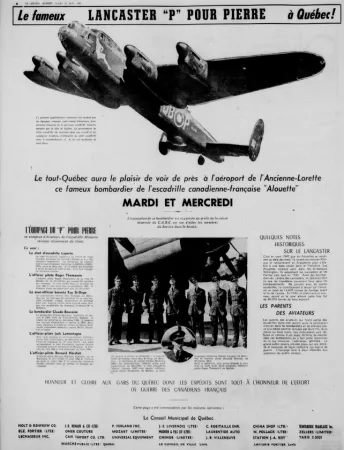












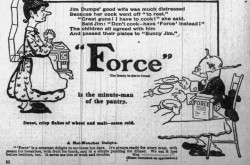
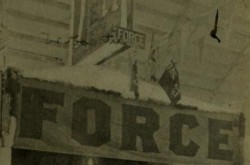
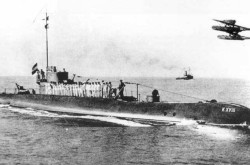
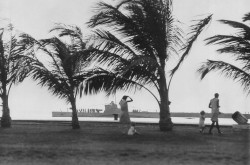
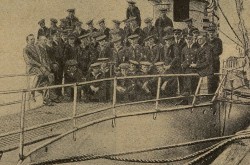
![A block of photographs showing some of the people involved in the bombing of beluga whales in the estuary and gulf of the St. Lawrence River. Anon., “La chasse aux marsouins [sic]. » Le Devoir, 15 August 1929, 6.](/sites/default/files/styles/thumbnail_7/public/2024-09/Le%20Devoir%2015%20aout%201929%20page%206.jpg?h=584f1d27&itok=TppdLItg)

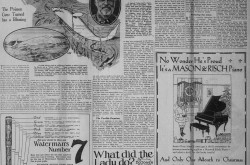

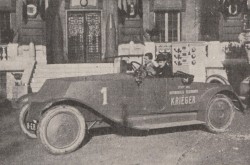
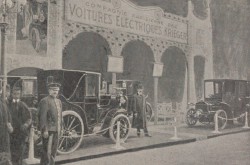

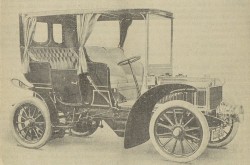


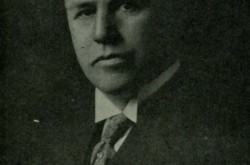
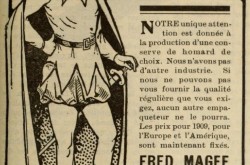
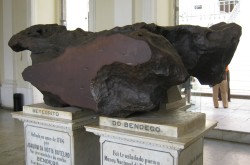



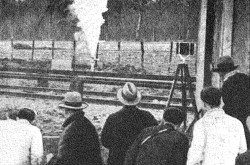

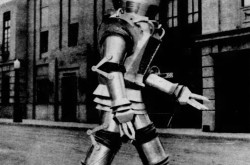

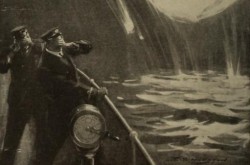
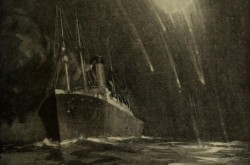
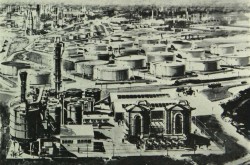
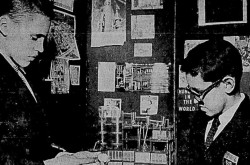

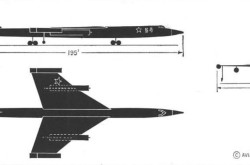

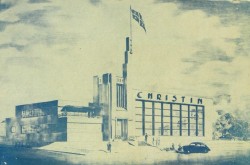
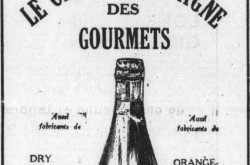
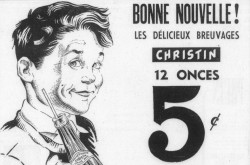
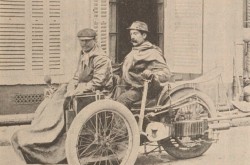
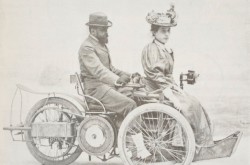
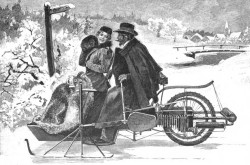
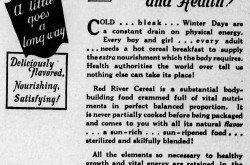
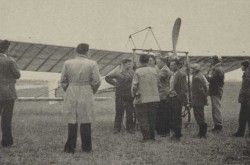
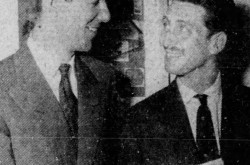
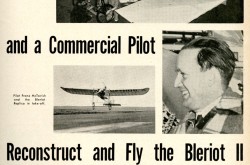
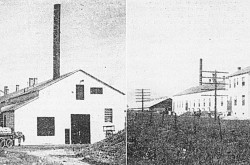
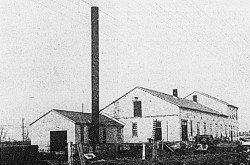
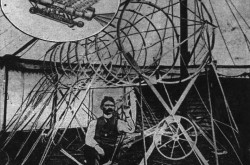
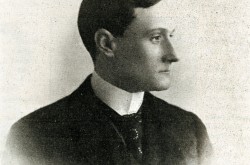
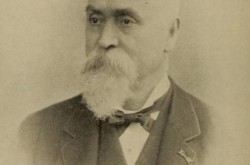
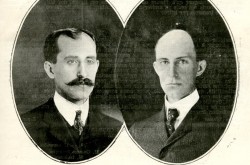
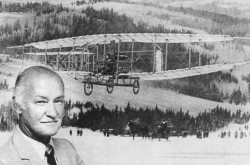
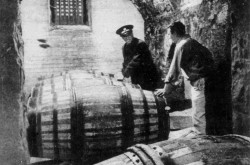
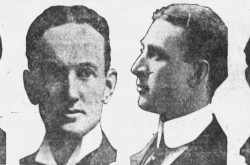
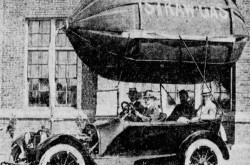
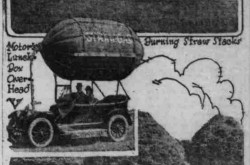
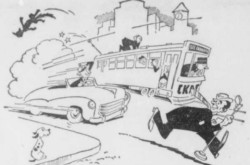
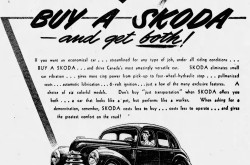
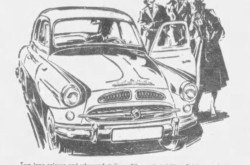
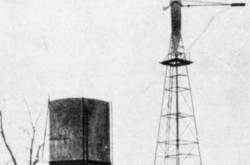

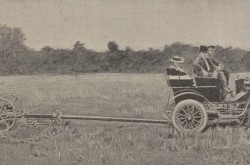
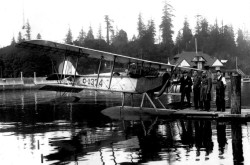
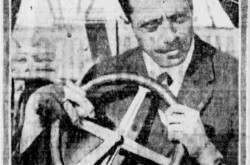
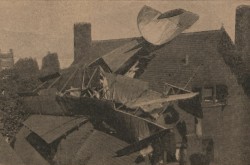
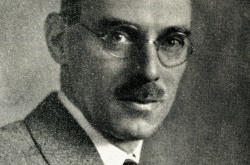
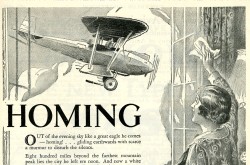
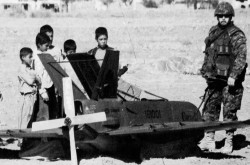
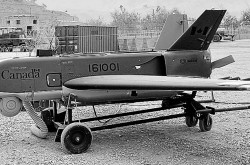
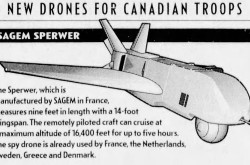
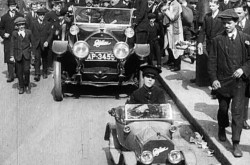
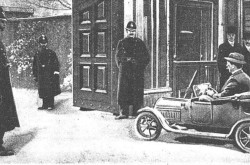
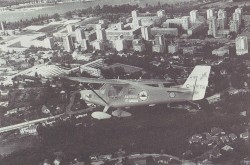
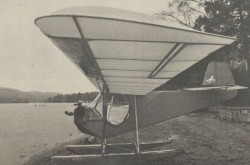
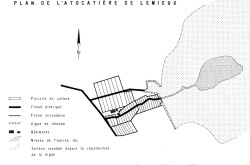
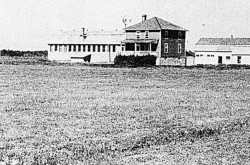
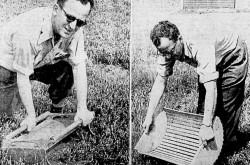
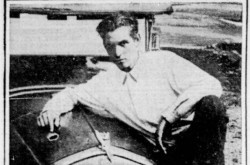
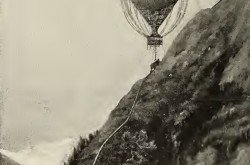
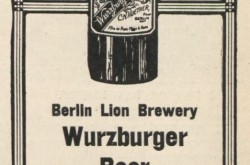
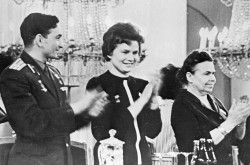
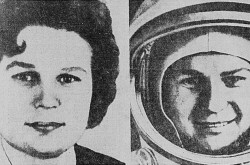

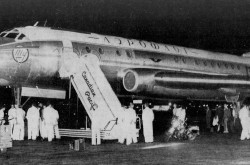

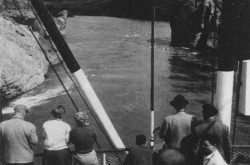
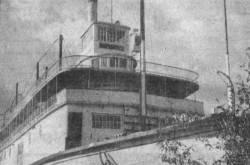
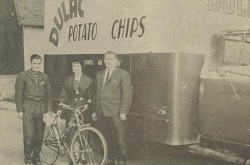
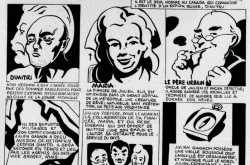
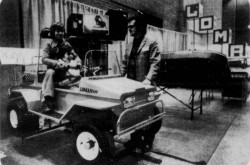
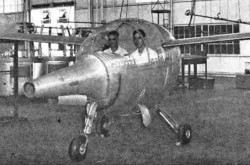

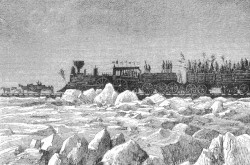
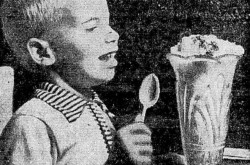
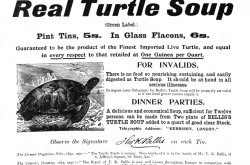
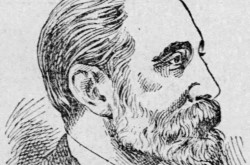
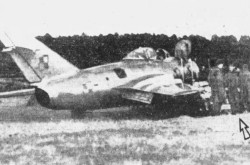

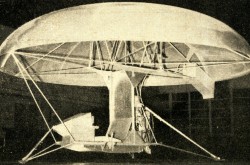
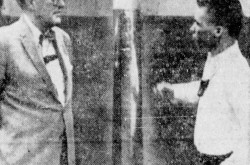
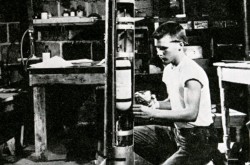
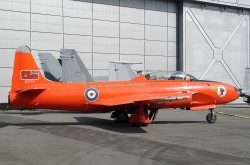
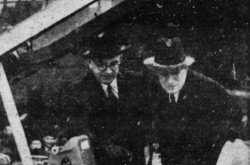
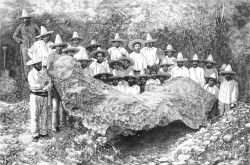

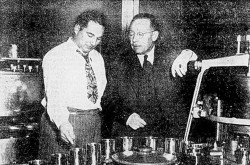
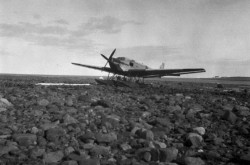
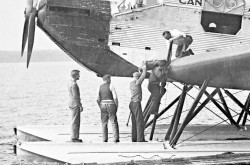
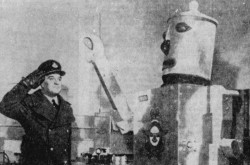
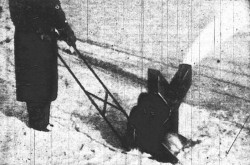
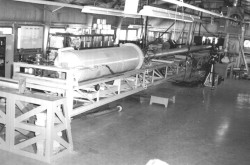
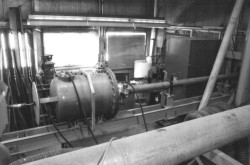
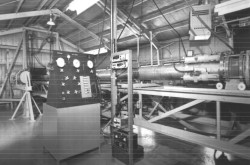
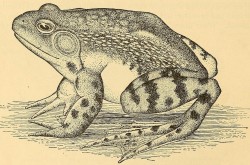
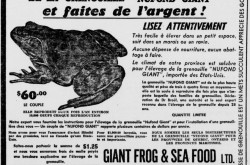
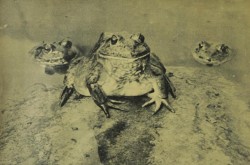
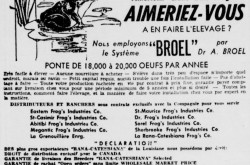
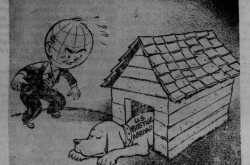
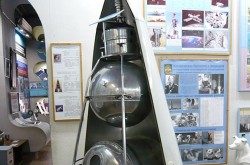
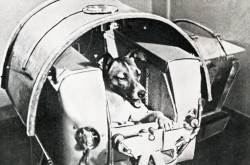
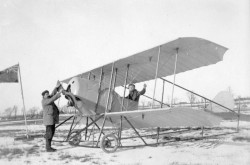
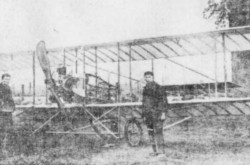
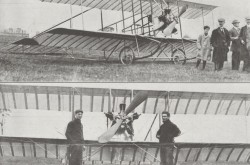
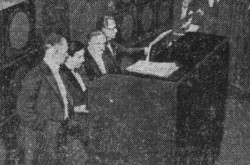
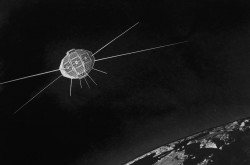

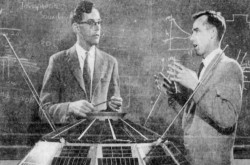
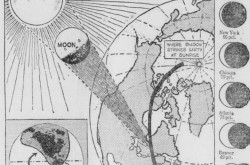
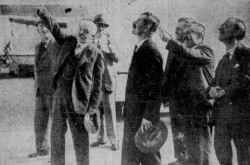
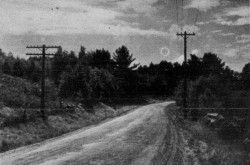

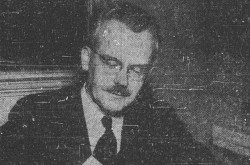
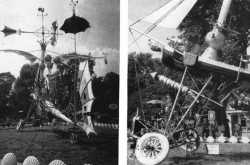
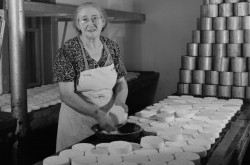
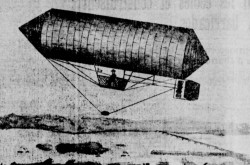
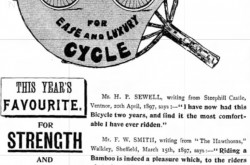
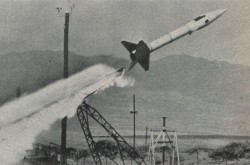
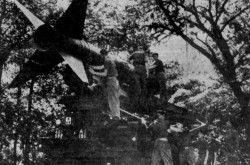
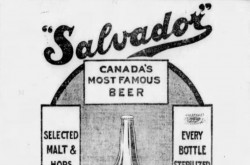
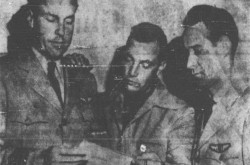
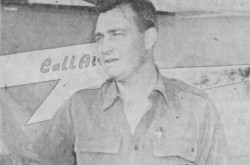
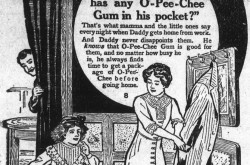
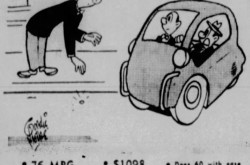
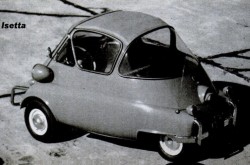
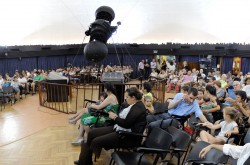
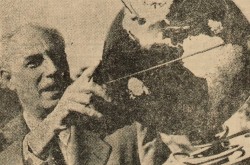
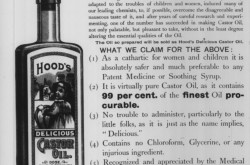
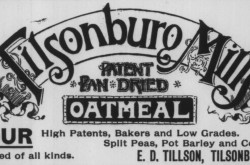
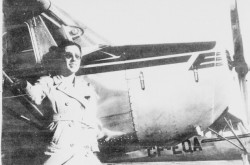
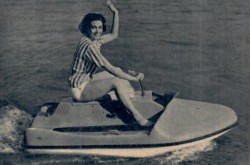

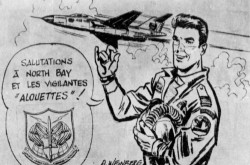
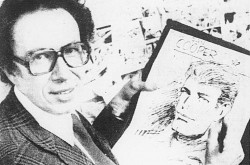
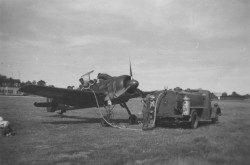
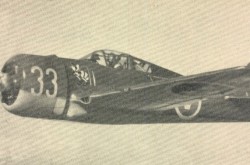
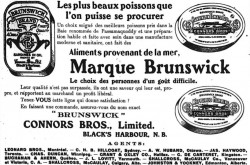
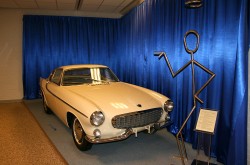
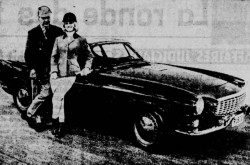
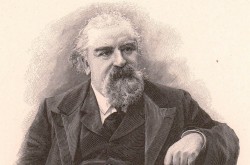
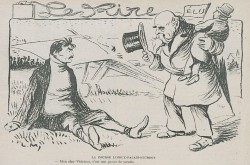
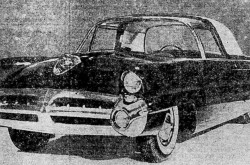
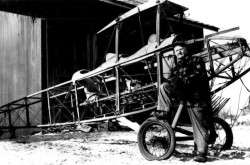

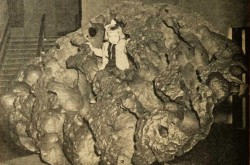
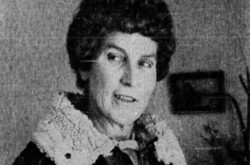
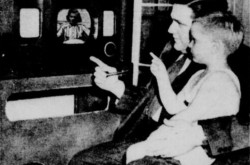
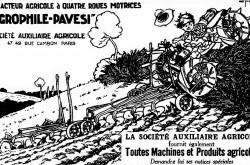
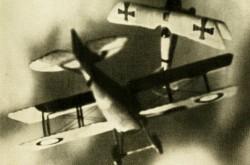
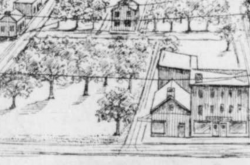
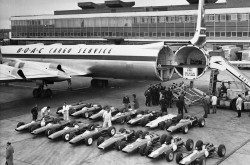
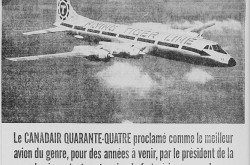
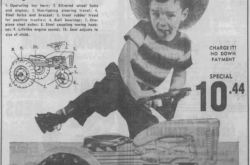
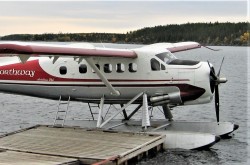
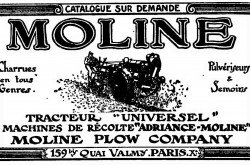
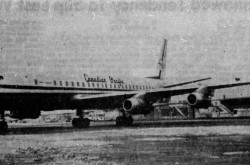
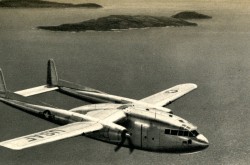
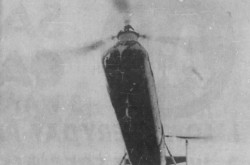
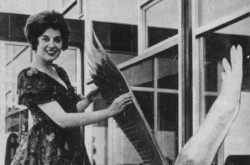
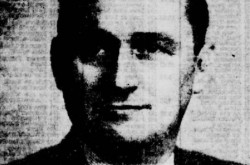
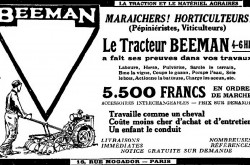
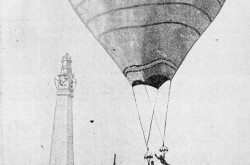
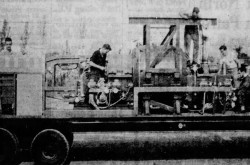
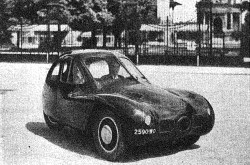
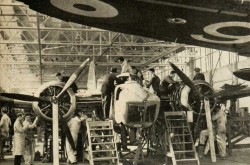
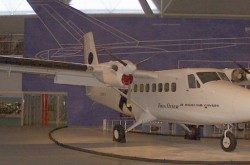
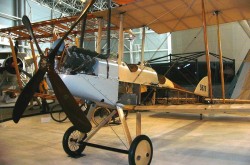
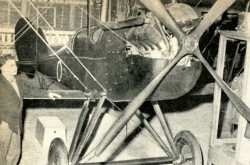
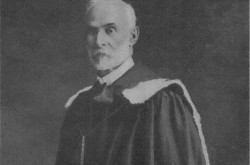
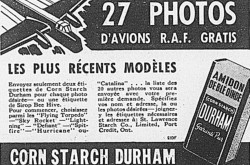
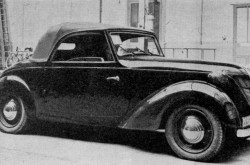
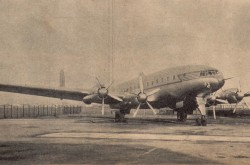
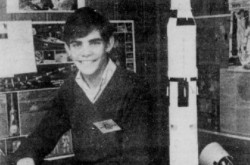
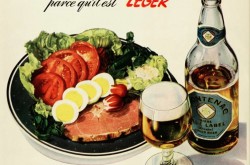
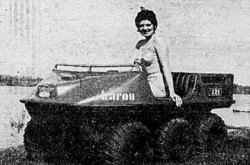
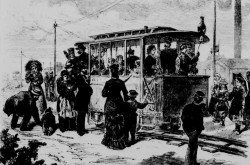
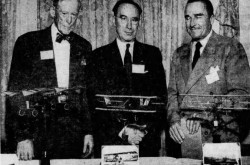
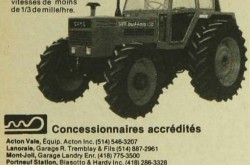

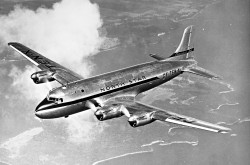
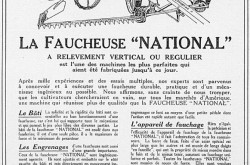
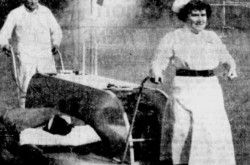
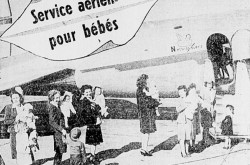
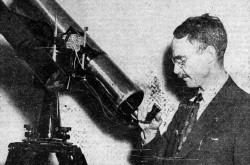
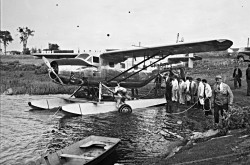
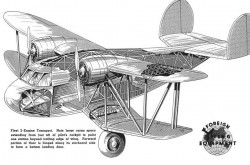
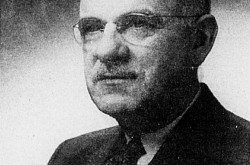
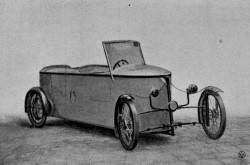
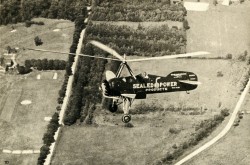
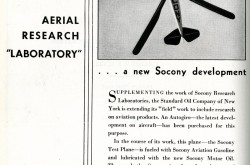
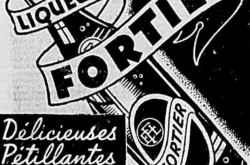
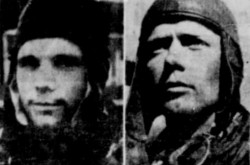
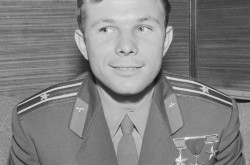
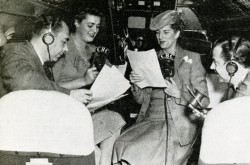
![Peter Müller at the controls [sic] of the Pedroplan, Berlin, Germany, March 1931. Anon., “Cologne contre Marseille – Le mystère du ‘Pédroplan.’ [sic]” Les Ailes, 2 April 1931, 14.](/sites/default/files/styles/thumbnail_7/public/2021-04/Les%20Ailes%202%20avril%201931%20version%20big.jpg?h=eafd0ed4&itok=WnBZ5gMf)
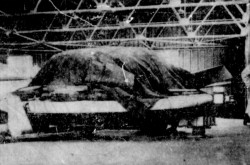
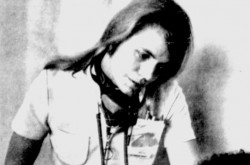
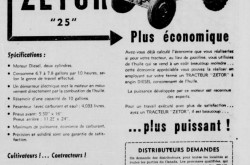
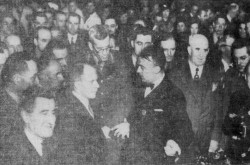
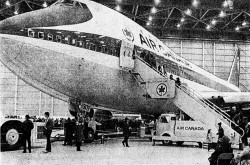
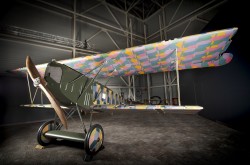
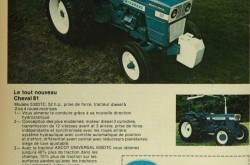
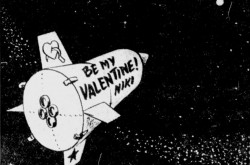
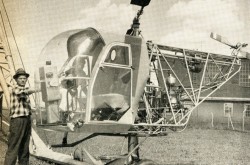
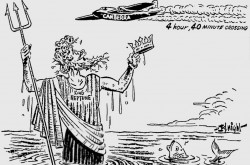
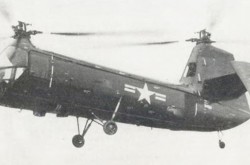
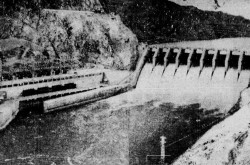
![One of the first de Havilland Canada Chipmunk imported to the United Kingdom. Anon., “De Havilland [Canada] DHC-1 ‘Chipmunk.’” Aviation Magazine, 1 January 1951, cover.](/sites/default/files/styles/thumbnail_7/public/2021-01/Aviation%20magazine%201er%20janvier%201951%20version%202.jpg?h=2f876e0f&itok=DM4JHe5C)
